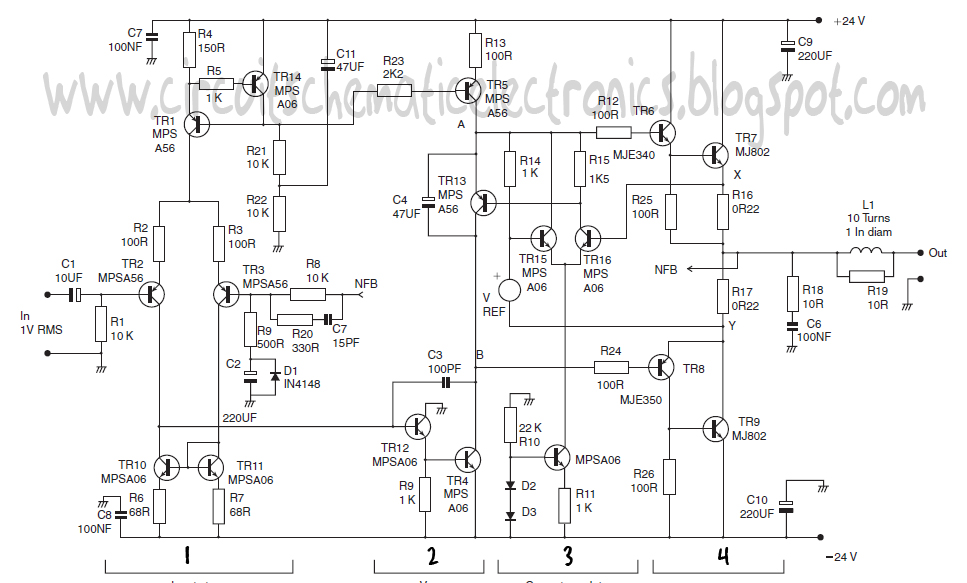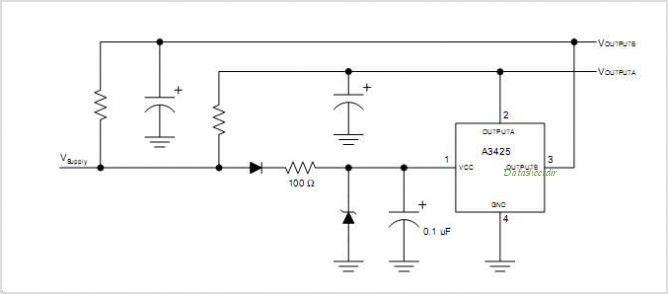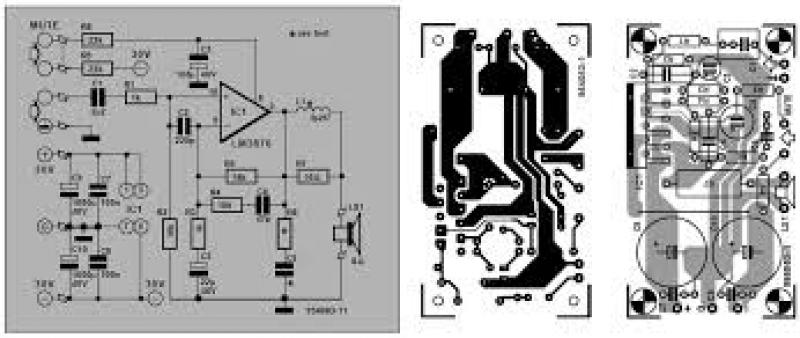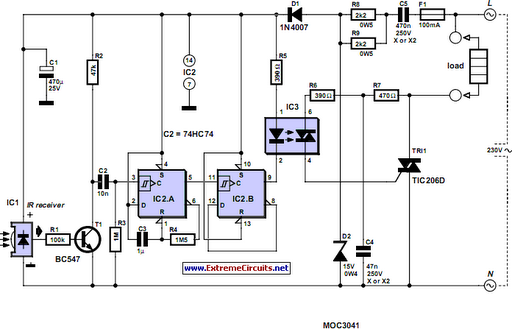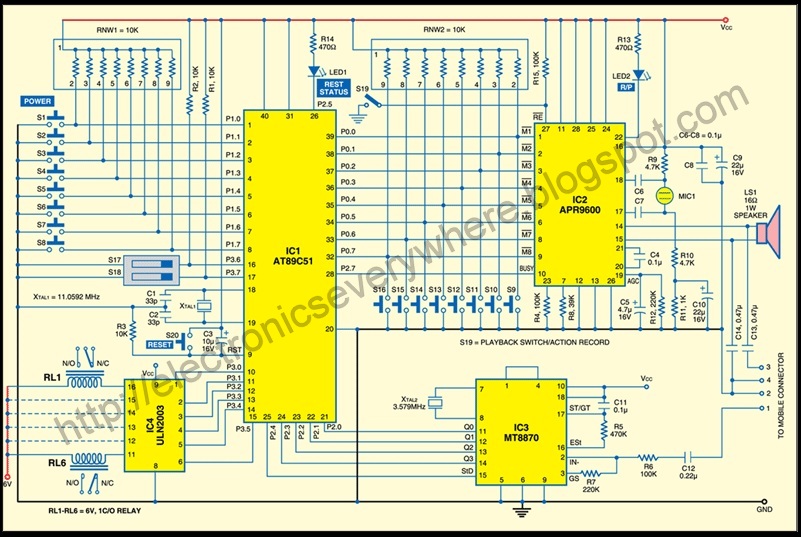
Photocell memory switch for AC power control
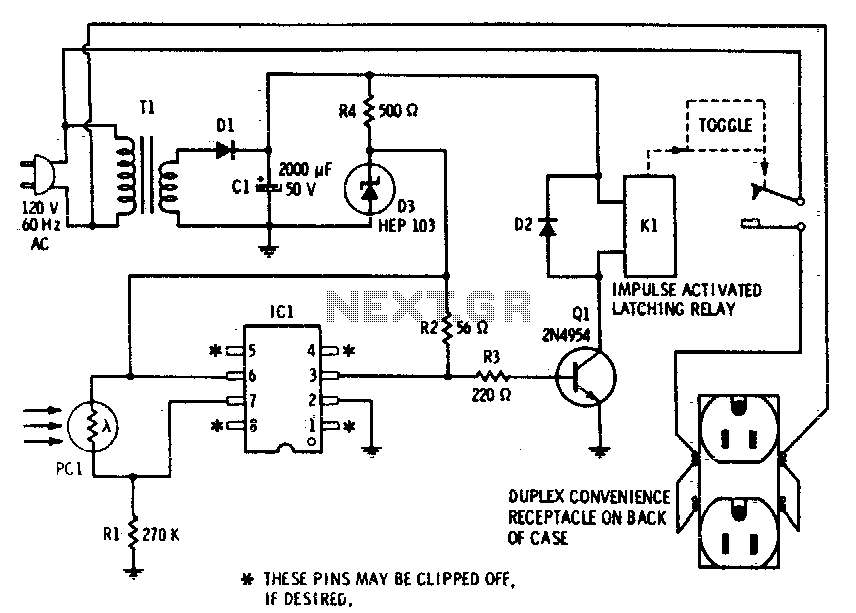
This device enables remote control of AC-powered appliances by utilizing the beam of a flashlight as a triggering mechanism. A key feature of this gadget is its memory function; activating it once supplies power to the device, and it remains powered on. A second activation turns the power off, and it stays off.
The circuit is composed of a high-sensitivity photocell, a high-gain IC Schmitt trigger, and an impulse-actuated latching relay.
The system operates by detecting the light beam from a flashlight through the high-sensitivity photocell, which converts the light into an electrical signal. This signal is then processed by the high-gain IC Schmitt trigger, which provides a clean and stable output signal that transitions sharply between high and low states. The Schmitt trigger effectively eliminates any noise or fluctuations in the input signal, ensuring reliable operation.
Upon receiving the trigger signal, the latching relay is activated. This type of relay is designed to maintain its state (either on or off) after being triggered, allowing the device to remember its last state. When the relay is energized, it closes the circuit to the AC-powered device, supplying power. A subsequent activation of the flashlight beam will trigger the relay to open the circuit, cutting off the power to the device.
This design offers a convenient and innovative solution for controlling appliances without the need for traditional remote control mechanisms, making it an excellent choice for various applications where remote operation is desired. The integration of these components ensures that the system is both efficient and user-friendly, providing a seamless experience for the user.Provides remote control for ac-powered devices by using the beam of a flashlight as a magic wand. The important aspect of this gadget is that it remembers. Activate it once to apply power to a device and it stays on. Activate it a second time and power goes off and stays off It consists of a combination of a high-sensitivity photocell. a high-gain IC Schmitt trigger, and an impulse-actuated latching relay.
The circuit is composed of a high-sensitivity photocell, a high-gain IC Schmitt trigger, and an impulse-actuated latching relay.
The system operates by detecting the light beam from a flashlight through the high-sensitivity photocell, which converts the light into an electrical signal. This signal is then processed by the high-gain IC Schmitt trigger, which provides a clean and stable output signal that transitions sharply between high and low states. The Schmitt trigger effectively eliminates any noise or fluctuations in the input signal, ensuring reliable operation.
Upon receiving the trigger signal, the latching relay is activated. This type of relay is designed to maintain its state (either on or off) after being triggered, allowing the device to remember its last state. When the relay is energized, it closes the circuit to the AC-powered device, supplying power. A subsequent activation of the flashlight beam will trigger the relay to open the circuit, cutting off the power to the device.
This design offers a convenient and innovative solution for controlling appliances without the need for traditional remote control mechanisms, making it an excellent choice for various applications where remote operation is desired. The integration of these components ensures that the system is both efficient and user-friendly, providing a seamless experience for the user.Provides remote control for ac-powered devices by using the beam of a flashlight as a magic wand. The important aspect of this gadget is that it remembers. Activate it once to apply power to a device and it stays on. Activate it a second time and power goes off and stays off It consists of a combination of a high-sensitivity photocell. a high-gain IC Schmitt trigger, and an impulse-actuated latching relay.
